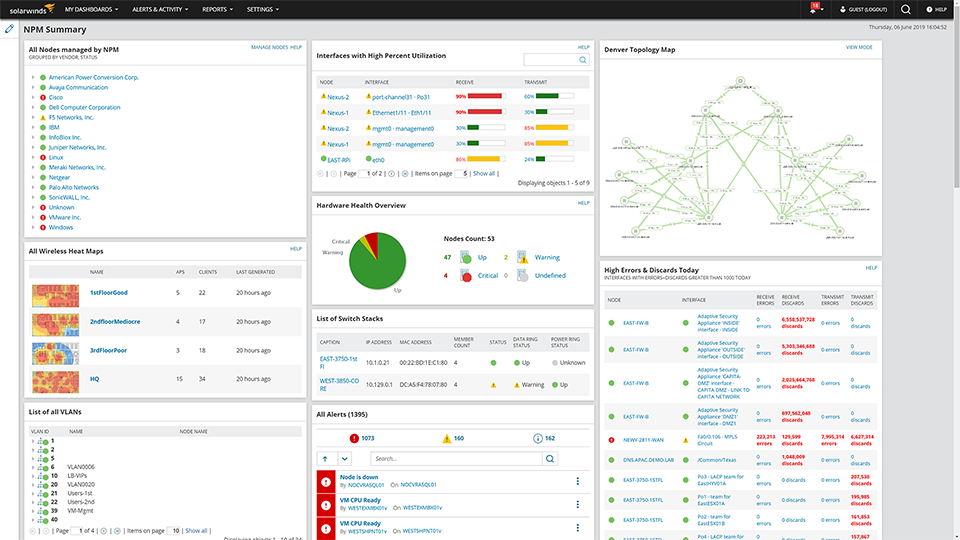

The SolarWinds breach is the largest extant example of a so-called supply-chain attack, in which an adversary compromises a trusted source of software, firmware, or hardware, embedding surveillance tools and other malicious code. We’ve prepared a detailed look at this attack to ensure our partners and customers are informed and taking the steps they need to enhance their security. (See below to learn about the additional steps Acronis takes to secure its software development and distribution processes.) The Acronis Cyber Protection Operation Centers (CPOC) team has already implemented signature-based, behavioral, and AI-based detection and termination capabilities for all processes involved in the incident, distributed them across its partner base, and published a corresponding Smart Alert. While 80% of victims are believed to be US-based, the attack also compromised targets in Canada, Mexico, the UK, Spain, Belgium, Israel, and the UAE.Īcronis products already protect partners and customers against the core elements of the SolarWinds breach.

As of this writing, a hacking group purportedly affiliated with Russia’s Foreign Intelligence Service – an espionage-focused security apparatus analogous to the USA’s National Security Agency – had successfully penetrated thousands of large global enterprises and multiple US federal government agencies, including the Departments of Homeland Security, State, Treasury and Commerce. The SolarWinds breach that was first reported by cybersecurity vendor FireEye in early December 2020 has emerged as one of the most sophisticated and successful cyberattacks on Western government institutions and businesses in history, with its extent and gravity becoming clearer and more alarming by the day. We plumb the tactics used in the SolarWinds breach and show how Acronis defends against it and similar attacks. The success of the massive SolarWinds supply-chain attack presents an urgent new cybersecurity challenge to every business.


 0 kommentar(er)
0 kommentar(er)
